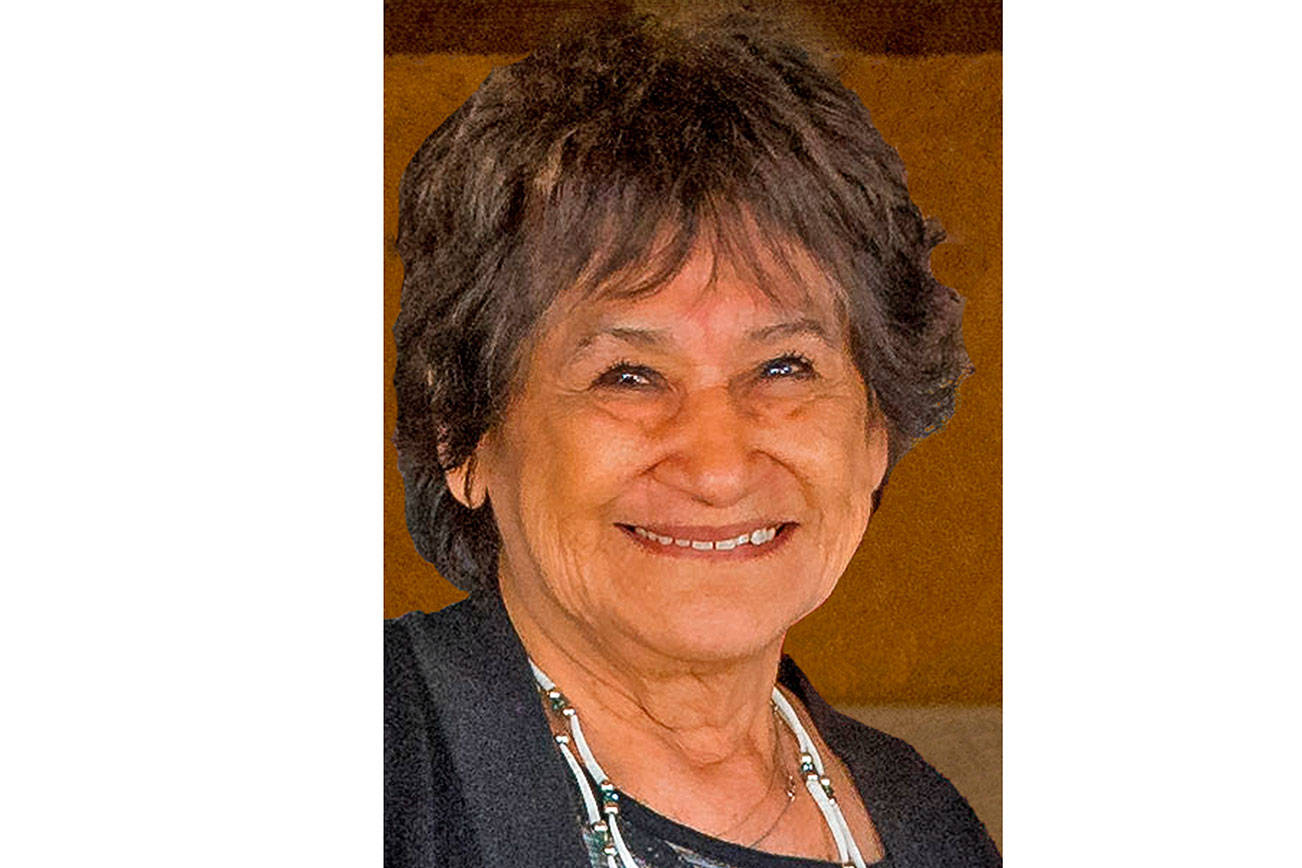One of the greatest barriers to private-sector job growth in Washington has been the high cost of workers’ compensation. In January, the Department of Labor and Industries increased workers’ compensation premiums by more than 12 percent. This was after a 7.6 percent rate increase the previous year. In fact, since 2001, workers’ compensation rates have increased for employers nine times.
The state-run system has been both costly and inefficient. Even after these continued rate increases, the state auditor has said there is a 95 percent chance our system will become insolvent in the next five years. That means only two options: much higher rate hikes against employers to support a failing system – or comprehensive reform of the system. At a time when profit margins are so thin and many employers are on the razor’s edge of keeping their doors open, unaffordable double-digit workers’ compensation premiums well into the future could easily seal their doom.
With nearly 229,000 people unemployed and looking for work in March, including 6,241 in the 39th District, the goal of House Republicans is to “Get Washington Working Again.” We realized that could not be accomplished without workers’ compensation reform that would lower costs for employers, provide for injured workers, and prevent insolvency. That’s why we joined a bipartisan coalition of legislators who insisted that workers’ compensation reform must be passed before the Legislature adjourned for the year.
The original legislation, Senate Bill 5566, which passed the Senate with bipartisan support, called for a voluntary lump-sum settlement option, which would have provided significant savings for the system. Labor unions, however, adamantly opposed this option, as did House Speaker Frank Chopp. It would have passed the House. However, the speaker would not allow this or similar workers’ compensation reform under House Bill 2109 to be brought to the House floor for a vote. So throughout much of the special session, negotiators from the Republican and Democratic caucuses in the House and Senate and from the governor’s office met to find common ground. Only three days before the end of the limited 30-day special session, a deal was struck and an agreement reached that was written into new legislation, House Bill 2123.
Under this compromise proposal, rather than the lump-sum settlement, an injured worker could agree to resolve a claim through negotiated “structured settlements,” meaning that the cash would be paid out over a period of time. Under this voluntary option, workers would get at least 25 percent and no more than 150 percent of the state’s average annual wage per month, or between $982 and $5,976, until the settlement is paid in full. The option is available initially to injured workers 55 years and older, then it decreases to age 53 in 2015, and finally to age 50 in 2016.
The bill would also:
- offset any permanent partial disability received from the final settlement;
- incentivize return to work sooner by providing subsidies for employers to allow for light duty or transitional work options for employees;
- significantly reduce rate increases in 2012 and beyond for employers;
- provide payments for continued medical treatments and reopening of claims if the medical condition worsens;
- freeze cost of living adjustments for one year; and
- create a rainy day fund to prevent future drastic rate increases.
Had the Legislature adjourned without workers’ compensation reform, it would have resulted in unsustainable costs that would put more jobs at risk. While we believe more could have been accomplished, this compromise package is a good step forward toward avoiding future double-digit rate increases, producing a sustainable system for both workers and employers, protecting jobs, and helping to get Washington working again.
Rep. Dan Kristiansen, R-Snohomish, serves as chairman of the Washington House Republican Caucus and represents the 39th Legislative District. He can be contacted at 360-786-7967 or e-mail him through his website.




